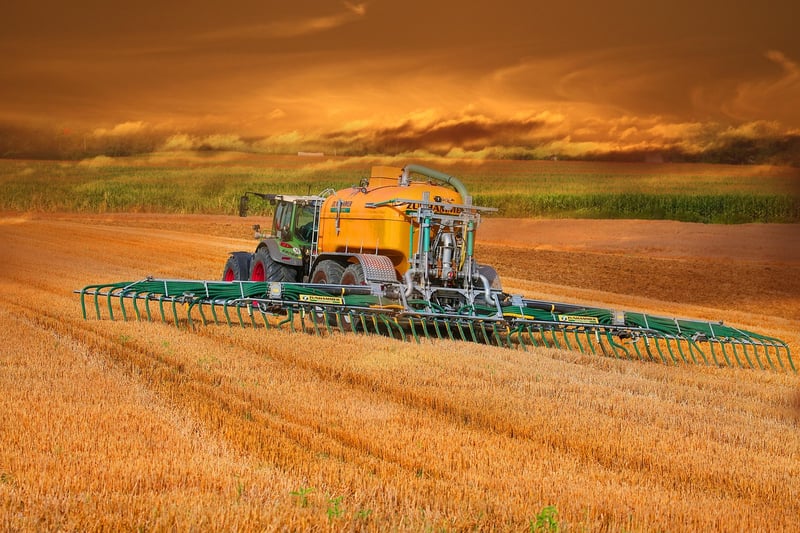Fertilization Methods
Essential Plant Maintenance and Fertilization Methods
Introduction to Plant Care
Plants require proper care to thrive and flourish. In addition to regular watering and sunlight, plant maintenance and fertilization play crucial roles in ensuring healthy growth. Let's dive into some essential plant maintenance and fertilization methods to help you keep your green companions happy and vibrant.
Plant Maintenance Tips
- Regularly inspect your plants for pests, diseases, and any signs of stress.
- Prune dead or yellowing leaves to promote new growth and maintain plant health.
- Rotate your plants occasionally to ensure even sunlight exposure and prevent leaning.
- Repot plants when they outgrow their containers to provide ample space for root growth.
- Use well-draining soil to prevent waterlogging, which can lead to root rot.
Effective Fertilization Methods
Applying the right type and amount of fertilizer is key to providing plants with essential nutrients for robust growth. Here are some popular fertilization methods:
1. Water-Soluble Fertilizers
These fertilizers are dissolved in water and applied to plants during watering. They provide a quick nutrient boost and are readily absorbed by the roots.
2. Slow-Release Fertilizers
Slow-release fertilizers release nutrients gradually over time, providing a steady supply of nourishment to the plants. They are convenient for long-term feeding.
3. Organic Fertilizers
Organic fertilizers are derived from natural sources and contribute to soil health in addition to plant nutrition. They improve soil structure and promote beneficial microbial activity.
Conclusion
By following proper plant maintenance practices and choosing suitable fertilization methods, you can ensure the well-being and vitality of your plants. Remember to observe your plants closely, adjust care routines as needed, and enjoy the beauty they bring to your living space.

For more detailed information on plant care, refer to The Spruce - Indoor Plant Care Guide.
